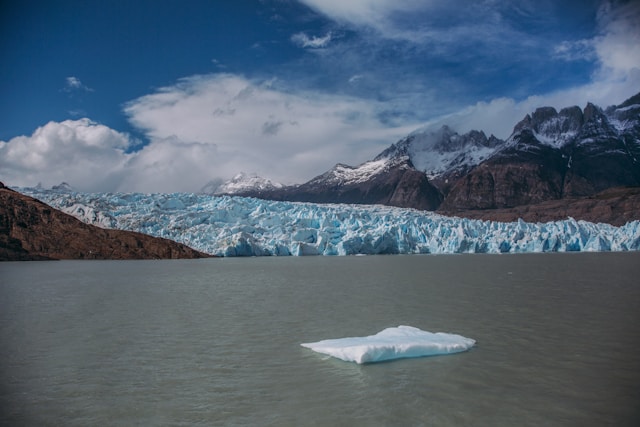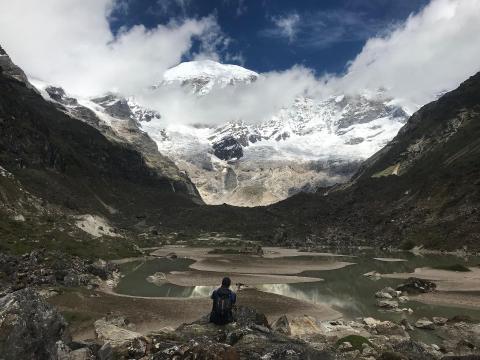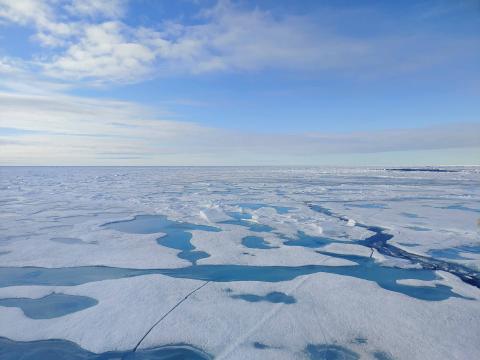Stronger climate policies would save twice as much ice from glaciers
An international study, published in Science, has found that only 24% of the current glacier mass would be maintained if the world were to warm to 2.7°C, the trajectory set by current climate policies. In contrast, limiting warming to 1.5°C - the Paris Agreement target - would preserve 54% of the glacier mass.

Javier Lillo - glaciar
Javier Lillo Ramos
Lecturer of Geodynamics and researcher in Geology and Global Change
The press release accurately reflects the study's results, although there is an error in the percentage of glacier mass that it states would be preserved (the release indicates 54% while the article states 53%). The rest of the data included is correct.
The study conducted long-term simulations of glacier mass loss across 80 different climate scenarios, using eight glacier evolution models. Despite the observed effects of global warming on glacier masses, there is a significant imbalance between the current geometry of glaciers and the climate. This imbalance is exacerbated by atmospheric warming, which is particularly pronounced at high altitudes and in high latitudes—precisely where most glaciers are located. In that regard, the climate models show that the average increase in air temperature in glacier regions is 80% higher than the global average, a relationship that holds regardless of the future global temperature rise.
The adjustment of the climate–glacier equilibrium occurs over long timescales, so the current observed loss is less than what would be expected if equilibrium had already been reached.
The study highlights that the imbalance between glacier geometry and the current climate varies significantly—and thus so do the projected glacier mass losses—across different regions of the planet. Some regions are more sensitive than others, depending also on the timescale considered.
Thus, the results indicate that the effectiveness of current and short-term climate policies in mitigating the effects of climate change will be decisive in the future evolution of glaciers. These policies will influence not only the immediate changes glaciers undergo but also those occurring in the medium and long term.
Harry Zekollari et al.
- Research article
- Peer reviewed
- Modelling



